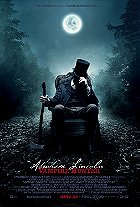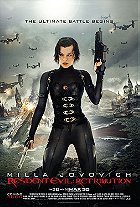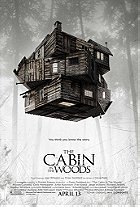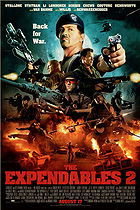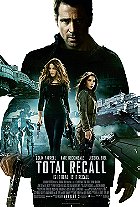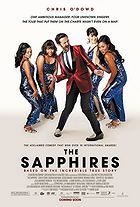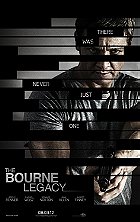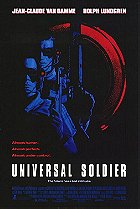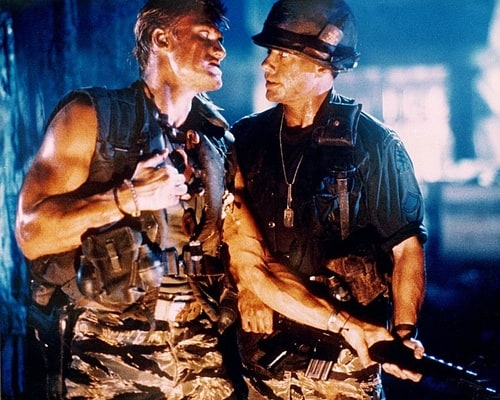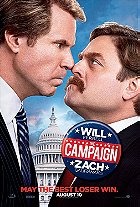A relatively low-budget action movie which became an unexpected box office smash, the original Taken was a total gas - a lean blast of adrenaline puppeteered by a director who understands the art of creating skilful cinematic junk food. The same compliments cannot be applied to this inevitable follow-up, however. Taken 2 is an oddly lethargic sequel; a poorly crafted action movie which lacks the spark of viciousness and the jittery sense of momentum which fuelled its predecessor. It's not a complete bust, but the picture is underwhelming as a whole.
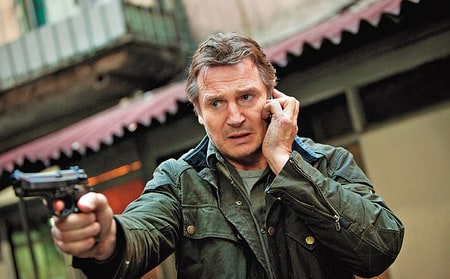
Picking up not long after the events of its predecessor, Taken 2 finds Bryan Mills (Liam Neeson), his daughter Kim (Maggie Grace), and ex-wife Lenore (Famke Janssen) trying to move on with their lives. Bryan's relationship with Kim is strengthening, and he is finally beginning to mend his broken relationship with Lenore, whose current marriage is falling apart. When Lenore and Kim's plans to travel to China fall through, they join Bryan in Istanbul. Unfortunately, their vacation is soon interrupted by a group of bloodthirsty Albanians out to make Bryan pay for the corpses that he left in his wake whilst out to retrieve his daughter.
Taken wasn't rocket science. It was an unoriginal idea executed with tremendous zeal by director Pierre Morel, who kept the pace taut as Neeson rampaged through Paris. Taken 2, on the other hand, is not as skilful. Screenwriters Luc Besson and Robert Mark Kamen cooked up a pretty stale story here, and coloured it in with dramatic malarkey that's delivered without sufficient briskness. By the time we get to the action, we're already about a third of the way through, and we aren't any closer to seeing these characters as three-dimensional people. Taken took its time before diving into the action as well, but its drama was more effective. Here, it's boring and, more importantly, it feels forced. Furthermore, Taken 2 commits a cardinal sin by locking Bryan up for the majority of the second act while Kim gallivants around Istanbul, with Bryan providing phone support for his daughter as she endeavours to rescue her parents. Pinning down Neeson for an unreasonable amount of screen-time is insulting, guaranteed to leave movie-goers feeling utterly cheated. The scope of the film also feels limited due to its awkward structuring.

This is probably a given due to its action movie pedigree, but Taken 2's characters are often dumb and confused. The script attempts to introduce an interesting angle by rationalising the Albanian perspective before Bryan points out that the men he killed were scumbags who destroyed the lives of young girls, but it never leads to anything interesting or substantive. And since the Albanians are so keen to hurt Bryan, why don't they just shoot Lenore? It would give Bryan a taste of what it's like to lose a loved one, and, even if Bryan does escape, it'd still mean that the Albanians win. Instead, they put Lenore into a position that gives her half an hour to live. Rather than hanging around to watch Bryan seeing his ex-wife die, everyone leaves the room, basically asking for the resourceful former government agent to escape. Ludicrous moments like these absolutely riddle the screenplay, extending to an unintentionally hilarious moment in which Bryan gives Lenore ridiculously convoluted directions ("Walk to the back of the store, turn left, at the end of the alley turn right, walk up the stairs, then turn left, and go right again...").
Try as he might, Olivier Megaton (Transporter 3, Colombiana) is not cut out for directing action. The hand-to-hand combat was frequently exhilarating in the original movie under the command of Morel, but Megaton's fisticuffs are repetitive and monotonous here, not to mention shot too wildly and edited too frantically. The shootouts, meanwhile, are often marred by the baffling decision to go PG-13. Luc Besson has a reputation for creating R-rated action films that are trimmed to get a PG-13 in America but are released uncut in the rest of the world. For Taken 2, however, there is no full-blooded uncut version - the whole thing is bloodless and gutless, which detracts a visceral punch required for memorable kills (a moment when Bryan fires an entire AK-47 clip into a henchman's stomach at point-blank range is gutted by the lack of blood). A few set-pieces here and there scrape a pass, but for the most part its hard to overlook the hyperactive editing clearly employed to disguise Megaton's incompetence with gunplay and chases, reducing the action scenes to a frantic blur of close-ups and booming sound effects. Megaton has admitted that he isn't even a fan of action films even though he keeps directing them, making him an awful decision to helm this sequel.

Unsurprisingly, Liam Neeson is the best thing in the film. Neeson is a rare type of action star who can handle physically demanding scenes on top of being a genuinely good, charismatic performer. He's a good anchor amid the chaos, giving us someone we can easily root for. On the other hand, Famke Janssen clearly phoned in her performance as Lenore here, and Maggie Grace is strictly ordinary. It's pleasant to see these characters again (especially Bryan's former work buddies), but it's unfortunate that they're treated so disappointingly.
Taken has developed into a modern action classic, but Taken 2 is a slipshod attempt to capitalise on the film's popularity. The basic premise is fine, but the execution is lacking. Rather than having Bryan locked up for half the movie, it would have been interesting if the Albanians killed Lenore or Kim, or captured them both while Bryan eluded them, and spent a solid hour rampaging through the streets of Istanbul. It'd be lazy rehashing, to be sure, but it would have at least been more fun. What we have instead is a sluggishly constructed, unexpectedly small-scale actioner, even though it was produced for double the budget of the original film.
4.9/10
 Login
Login
 Home
Home 183 Lists
183 Lists 1674 Reviews
1674 Reviews Collections
Collections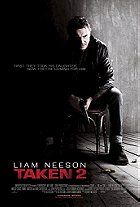
 0 comments,
0 comments, 